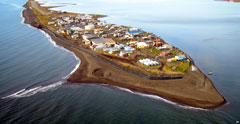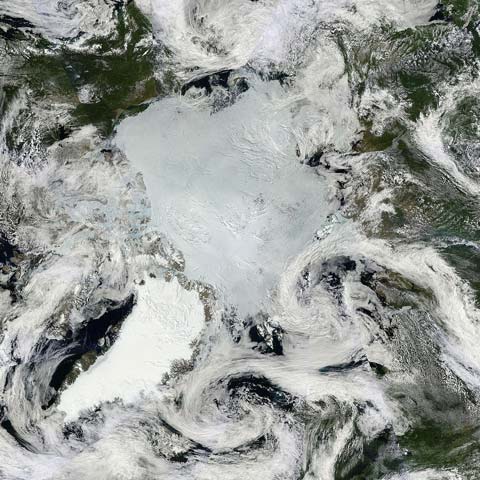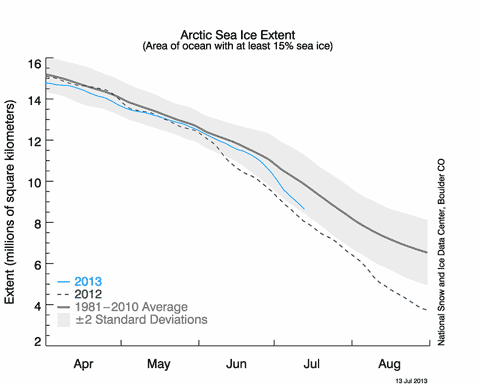 Stephen Sackur took the BBC’s HARDtalk programme on the road in Alaska in a climate change episode screened a few days ago. It was the kind of aware and intelligent journalism one hopes to see on the topic, and deserves plaudits. Not that it exceeded what we have a right to expect from major mainstream television, but it was all the more welcome because the medium so rarely tackles the climate change question. It also represented a considerable advance on the Sackur interview I discussed on Hot Topic a couple of years ago when he attacked Rajendra Pachauri and the IPCC on spurious grounds.
Stephen Sackur took the BBC’s HARDtalk programme on the road in Alaska in a climate change episode screened a few days ago. It was the kind of aware and intelligent journalism one hopes to see on the topic, and deserves plaudits. Not that it exceeded what we have a right to expect from major mainstream television, but it was all the more welcome because the medium so rarely tackles the climate change question. It also represented a considerable advance on the Sackur interview I discussed on Hot Topic a couple of years ago when he attacked Rajendra Pachauri and the IPCC on spurious grounds.
Sackur began in the coastal Inuit village of Kivalina, whose days are numbered as sea ice disappears and storm surges are unimpeded. (I reviewed Christine Shearer’s book on Kivalina in 2011.) The programme was stark in its Alaskan juxtapositions. On the one hand it detailed some of the impacts of climate change on Inuit communities. Kivalina is not alone. Retreating ice, slowly rising sea levels and increased coastal erosion have left three Inuit settlements facing imminent destruction, and at least eight more at serious risk. The town of Barrow depends on bowhead whale and seal hunting which is now affected very badly by the early breakup of sea ice.

 Reading
Reading 